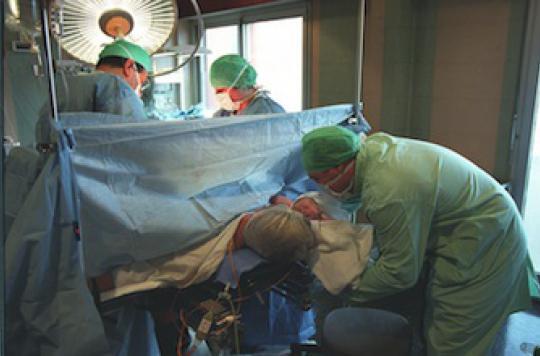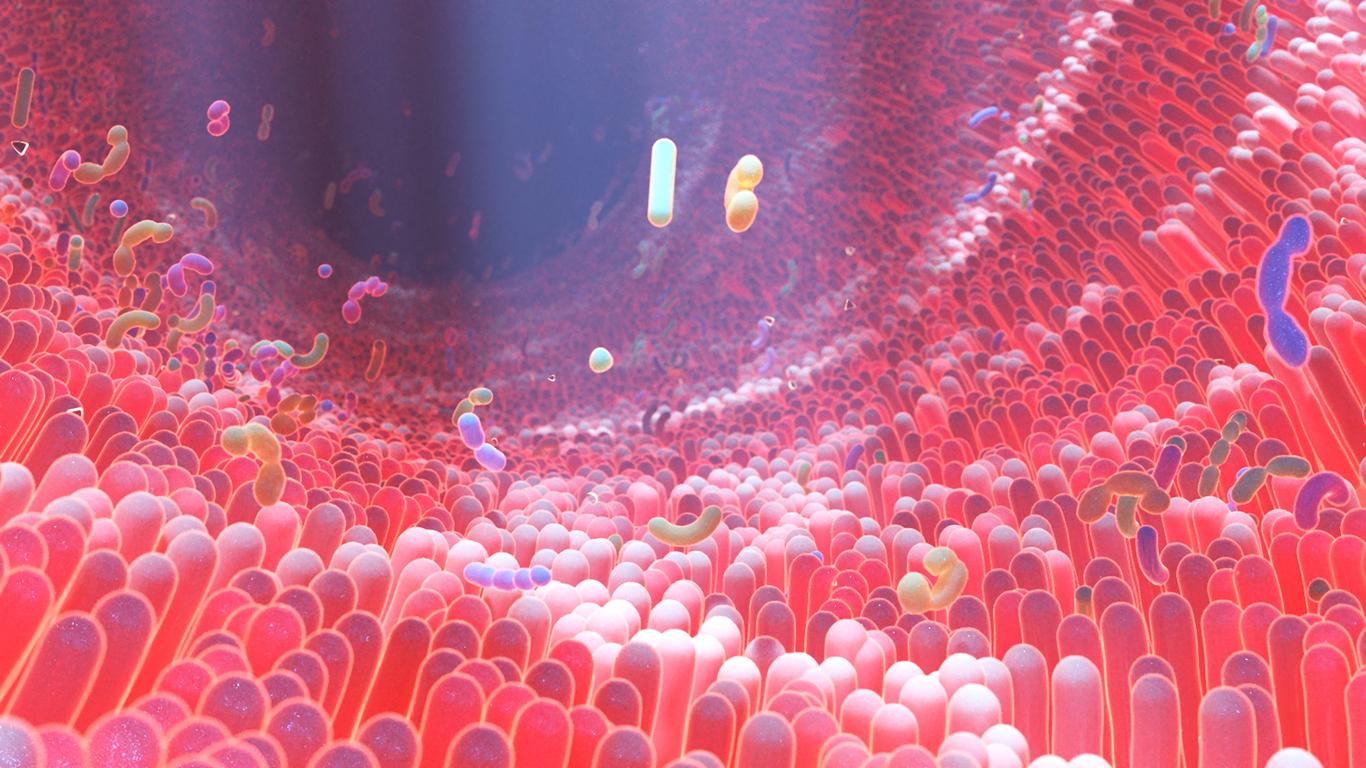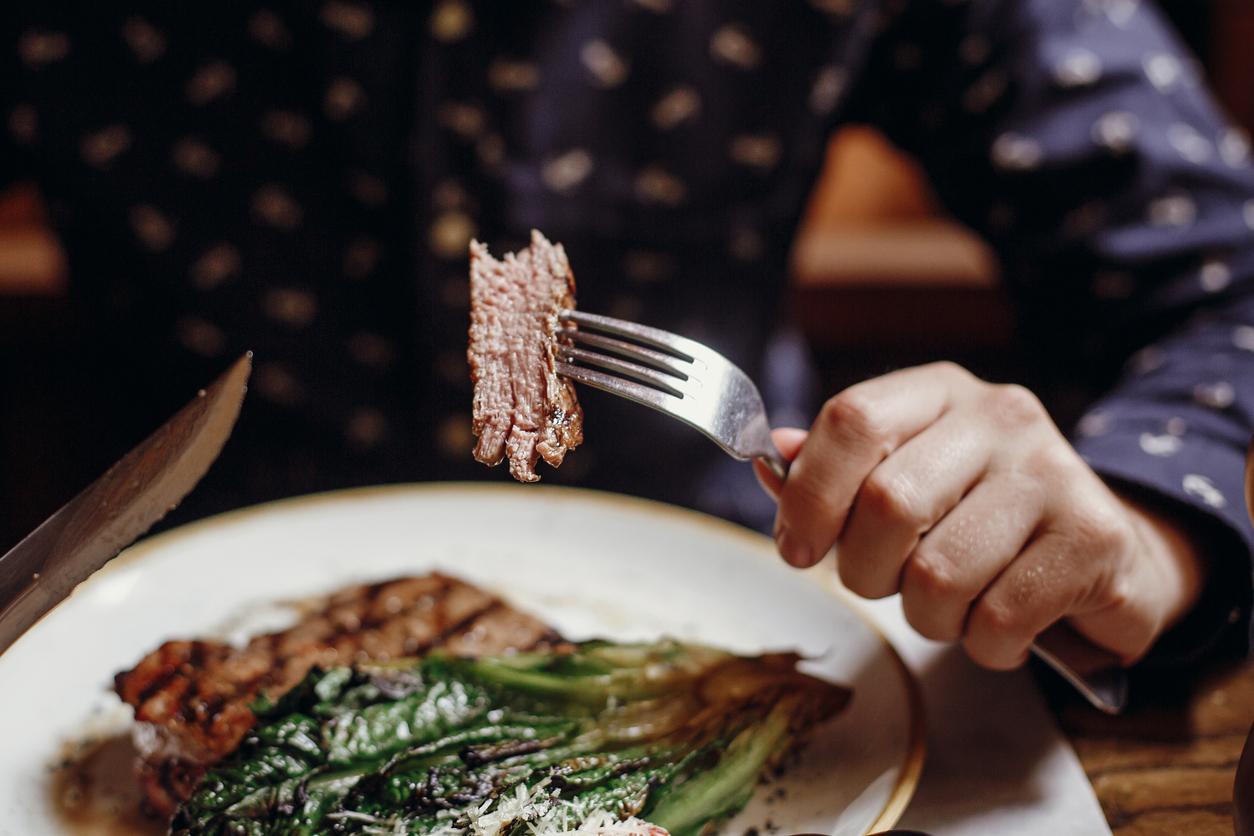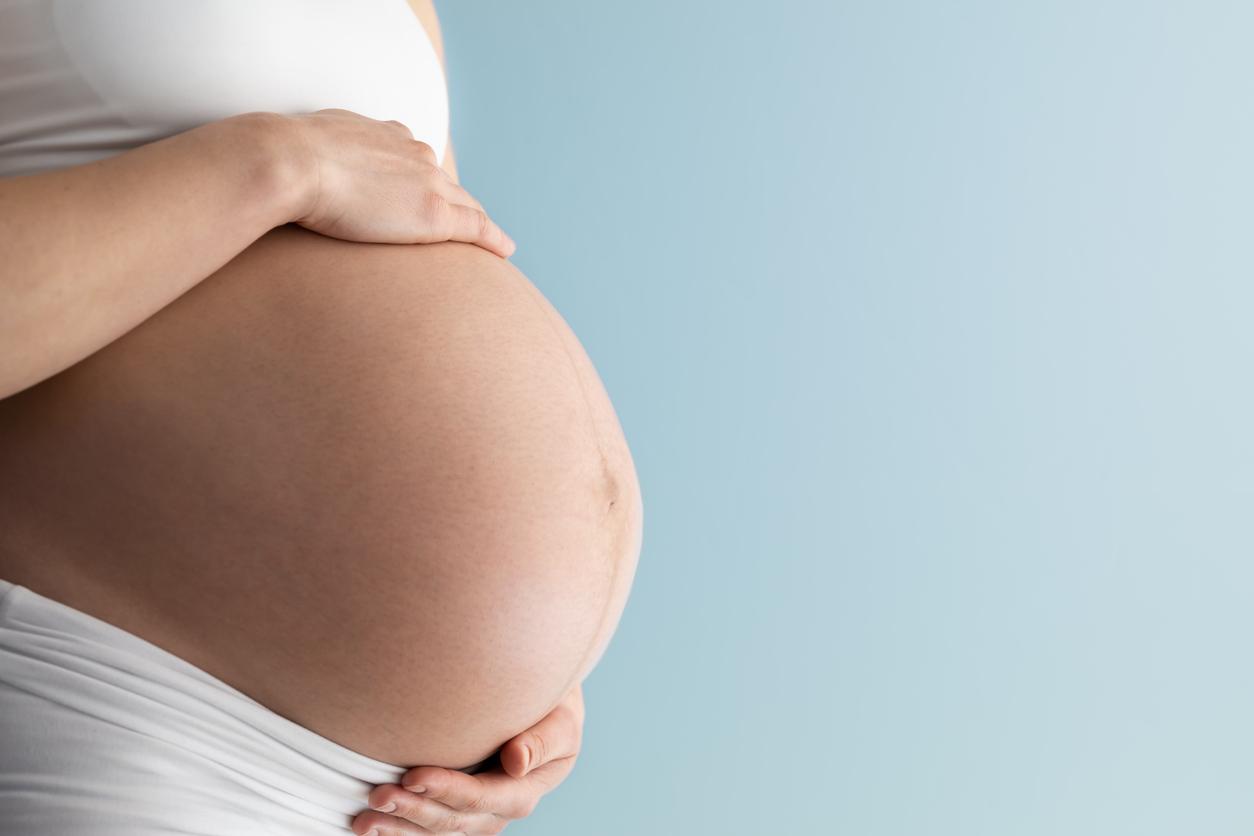Giving birth by cesarean section increases the risk of being allergic by five, according to a study presented at the last American Congress of Allergology.

Children born by cesarean section are more likely to develop a respiratory allergy. They are 5 times more likely than others to present this type of pathology by the age of 2, according to a study presented at the Annual Congress of the American Academy of Allergy and Asthma in San Antonio.
In this work , researchers from the Henry Ford Hospital in Detroit (United States) studied 1,258 babies born by cesarean section or not, from birth to 2 years old. At each consultation, they screened all the environmental factors: presence or absence of pets in the home, samples of infant or breast milk, exposure to tobacco, dust mites, dust, history of allergy in the home. the family… Result: it is indeed the children born by cesarean section who are most likely to develop a respiratory allergy.
“We believe that exposure to bacteria present in the natural pathways during birth have a real influence on the immune system of babies and that being born by Caesarean section exposes them to a greater risk of allergy after two years. years, ”explained Christine Cole Johnson, the physician who led the study.
These results tangibly confirm the role played by maternal bacterial contamination during vaginal birth. By ingesting some of the bacteria present in their mother’s body, babies constitute their microbiota, their intestinal flora which then influences the functioning of the immune system.
Listen to Prof. Olivier Goulet, pediatric gastroenterologist at Necker Hospital (APHP).“The events surrounding birth, cesarean section, breastfeeding, taking antibiotics… are likely to modify the implantation of the microbiota and therefore play a role in the determinism of a number of diseases. “
One other study, Canadian this time, presented at the Congress of San Antonio, also showed that the microbiota of babies of 4 months was different according to the mode of delivery and the mode of breastfeeding.
The researchers sequenced the genome of their intestinal flora. Thus, infants born by caesarean section or who had not been breastfed had an intestinal flora less rich in bacteria than the others. In particular, they had less escherischia, shigella or bacteroids. Agents which can be responsible for diseases, but which also help to initiate the immune system.
But of the hundred billion microorganisms that make up the microbiota, how do we know which ones are likely or not to make us healthier? Researchers are still struggling. “Recently, studies tend to show that microorganisms of the helminth family, much less common in urban areas, could direct the microbiota to be more protective against allergic diseases, explains Prof. Olivier Goulet, pediatric gastroenterologist. at Necker Hospital, which attended the Gut Microbiota summit in Madrid, an event that brings together doctors and researchers, under the interested eye of the food industry. On the occasion of this congress, a study also showed that we could cure certain digestive diseases by changing the microbiota. So the fecal transplant has been shown to be three times more effective than antibiotic therapy with vancomycin in treating patients with recurrent Clostridium difficile infection. For Professor Olivier Goulet, these are all arguments that tend to prove that the microorganisms that make up the microbiota should not be considered as enemies but as potential partners in our health.
Listen to Prof. Olivier Goulet, pediatric gastroenterologist at Necker Hospital (APHP). ” The microbiota is very important, it dominates us by its weight, by the number of microorganisms and by its genetic capacity… it has long been considered as an enemy while it is a partner of our good health. “
.















